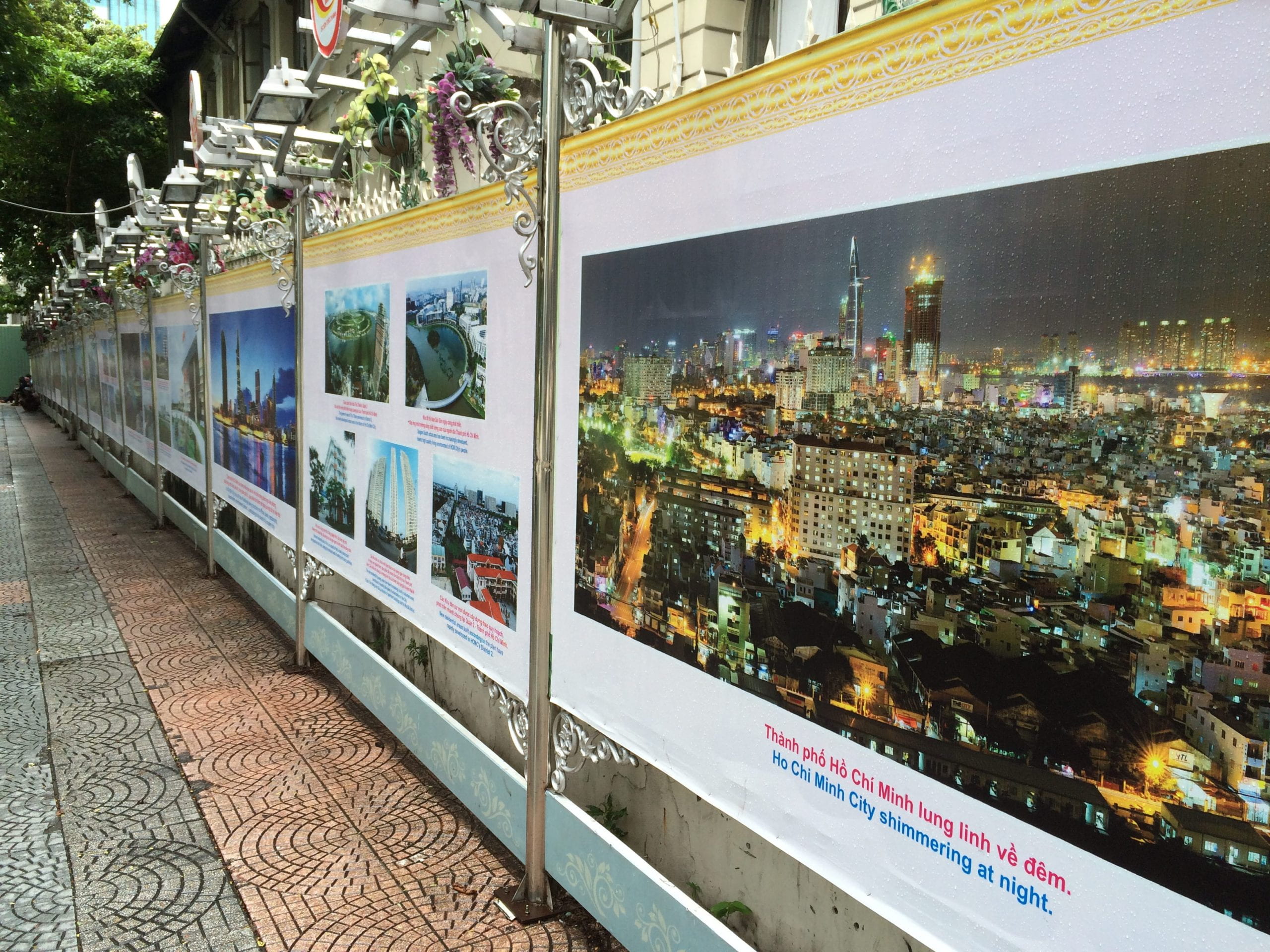I’ve had the good fortune to travel this year to Japan, Vietnam, and Thailand relating to my research and teaching roles. In the process, I gained some insights that I would like to share in the following anecdotes. These musings are meant to be opportunities for pause and reflection. Have you had similar experiences? Comments and open discussion are welcome.
It all began when I let go
After the closing ceremony of the International Communication Association Conference in Fukuoka, Japan, I decided to venture out of the city to find the Nanzoin Temple, famous for its 41 meter long reclining Buddha statue.
I was a bit apprehensive about taking the subway to the regional train station since few of the locals spoke English. Once I showed the picture of my destination from my phone to the woman behind the ticket window, I had my round-trip ticket to Kidonanzoin-Mae. Excited to figure out the right train track and which station to get off, I had my confidence back.
As I stepped off the train with no one in sight, the little voice in my head said, “what now!” I turned to my left and noticed a woman looking at a map on her phone. “Would you happen to be heading to the Nanzoin Temple?,” I asked. Her response in English was, “Yes, want to find it together?” Esther was on holiday from her work in Australia and knew a bit more Japanese than I did.
Even so, we ended up getting lost, coming across many cultural treasures along the way. Eventually, we found the Nanzoin Temple despite missing signs.

The entire episode was a great learning moment: Just ask and go with it! Could the essence of intercultural communication be accepting your current circumstances and being agile with your surroundings?
***********************************************************************
Tokyo Efficiency
There were boundless opportunities to test my ability to employ intercultural communication techniques in Tokyo. Through discussions with Japanese friends, I was prepared for the basic cultural customs of an indirect communication style, distance in personal space, and emphasis on punctuality.
The Japanese also value efficiency, as I realized when scanning a map of the Tokyo train system. 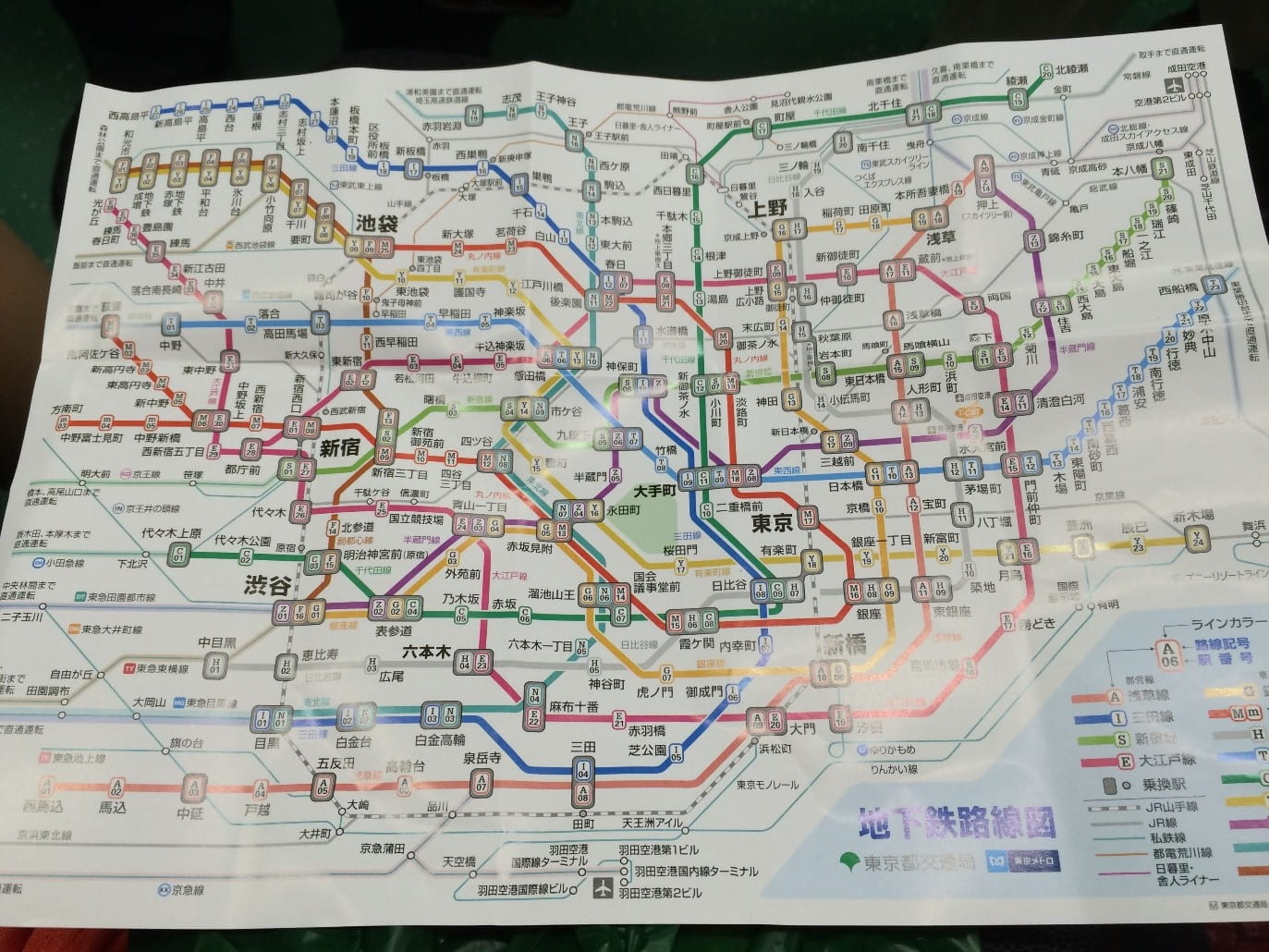
As the photo shows, the public transportation authorities created one map showing all the routes. From the perspective of an international traveler, I admit to being completely intimidated by this map. I recall wise words offered to me, “Being efficient might not always be the best.” Those words rang true for me in this situation. As a visitor to the city, I would have been better served with a different map displaying options for traveling in specific directions. Thank goodness people were helpful when I asked questions, and asked questions, and asked questions. Get the picture. From a communication perspective, one size (of map) did not fit all!
***********************************************************************
Recognizing the big picture
During an early morning in Ho Chi Minh in Vietnam, I observed several vignettes, snapshots of daily life, that seemed so familiar. A woman held a small bicycle while a little girl climbed onto the seat. With one push, the little girl pedaled and was off. With a smile, the woman jogged beside the bike and redirected the handle bars as needed. Another woman was cradling a baby in her arms and balancing a bottle. There are some security guards resting on a bench; their long night patrolling the park, I imagined, is coming to a close. Further along, a group of mature women were exercising to music with a special percussion instruments.
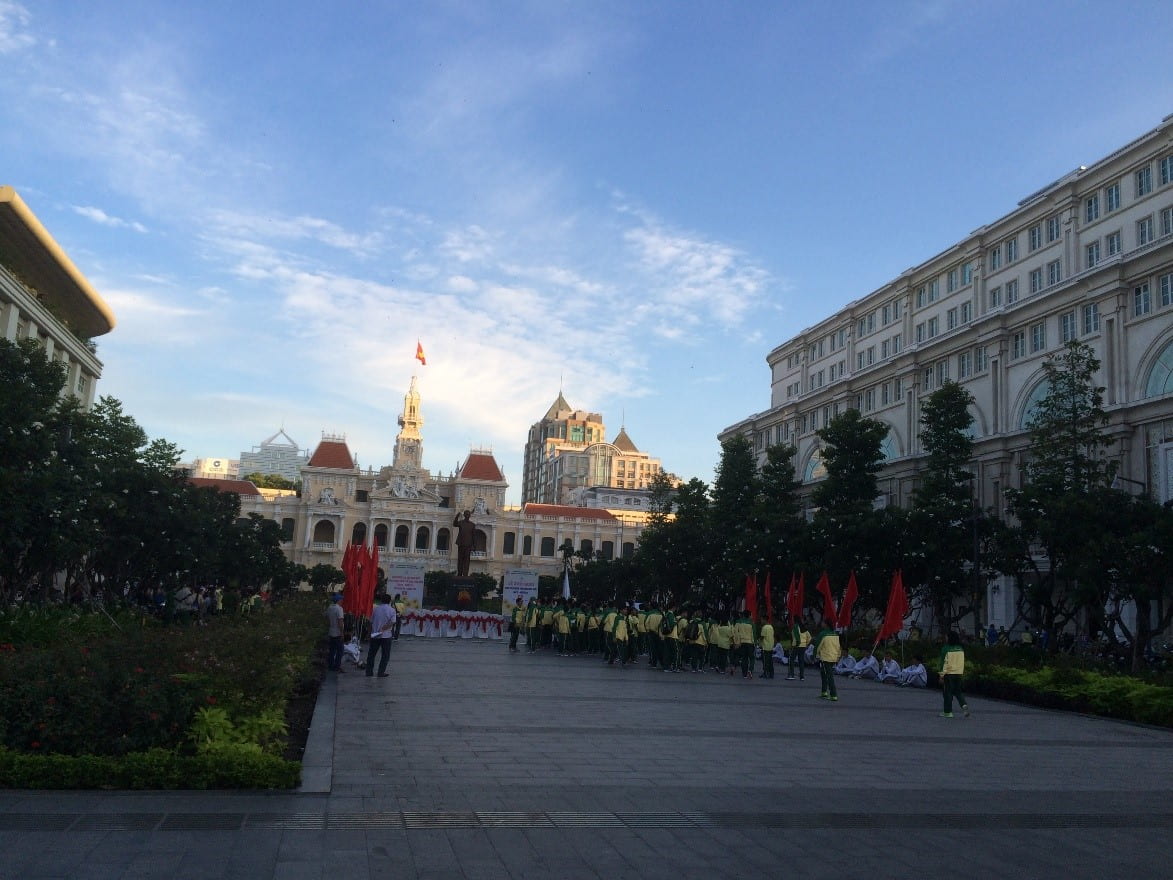
I could have been at Danehy Park in Cambridge, the English Garden in Munich, Herastrau Park in Bucharest, or Parque Centro America Quetzaltenango in Guatemala, seeing very similar vignettes.
A realization hit me that we all belong to one culture — the culture of humanity. When I look for differences in cultures, I can certainly find them. There is value in seeking to understand these differences. Yet, when I seek similarities, I can find those too. Could the best means of mastering intercultural communication be finding a balance between the two?
***********************************************************************
Maintaining cultural history
I often wonder, as we become more global, how cultures will maintain their heritage. Will stories start to blend or histories become blurred?
In Ho Chi Minh City, I witnessed just the opposite. Here, the Vietnamese authorities 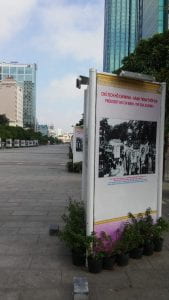 have enshrined the legacy of Ho Chi Minh in very visual ways. In Ho Chi Minh Square, there are permanent storyboards to commemorate his life and his relationship with city.
have enshrined the legacy of Ho Chi Minh in very visual ways. In Ho Chi Minh Square, there are permanent storyboards to commemorate his life and his relationship with city.
While walking around the square, which is the hub of the city and crowded with people, one can see pictures of the revolutionary struggle and read about Ho Chi Minh’s rise as a leader, as well as the government’s role in providing services to the people and in nurturing cultural customs.
When heading to the main center of the town, more storyboards are found along the side of government buildings. This series shares more recent events and celebrations hosted by the government and the community. There is a clear sense that the emphasis is on the collective unity and shared success of the Vietnamese culture.
Is this the kind of very public symbolism that will counteract the blurring of cultural heritages? Has anyone seen similar displays? Been to Havana?
********************************************************************
The Power of a Sign
While in Bangkok, Thailand, I experienced a real eye opener. I had spent the day with a local guide learning about Thai history and religious practices. It had been a fascinating day, one with many moments of awe and wonder. Honestly, it wasn’t until I saw this sign that I realized I had been disrespecting what I thought was a beautiful symbol of peace.
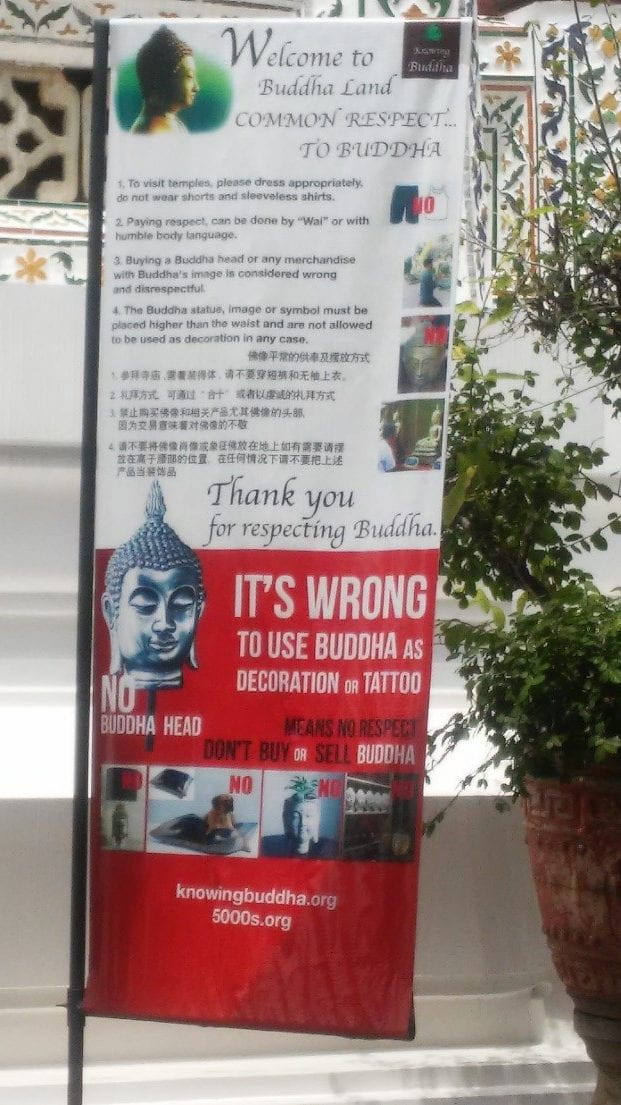
I am not a practicing Buddhist and mean no disrespect to those worshiping Buddha. I appreciated what this sign communicated. I had a learning moment that intercultural communication is not always seeking to understand, but recognizing when you have misunderstood. Have you experienced such an eye opener?
**********************************************************************
Intercultural Communication vs Crisis Communication
In our internet-driven society, cyber hacking is a common occurrence. From an intercultural communication perspective, should corporations take into account different communication styles when communicating a case of cyber hacking? One example might be using Hofstede’s National Cultural Dimensions to guide wording and emphasis to tailor messages to specific audiences. Or is one message conveying clear and timely information about the hacking incident, along with sincere regret effective for all audiences?
Taking a realistic business perspective, sensitive customer data is vulnerable when exposed. A crisis management plan that takes into account clear and direct information, in a timely manner with sincere regret might be the most effective from a customer’s perspective. I received this message from Vietnam Airlines within 24 hours of the identified incident.

I would have liked to also know what the airline is doing to prevent future hacking. I did appreciate the quick notification. How would you rate this communication?
Posted by Patty Goodman, Ed.D., Faculty


